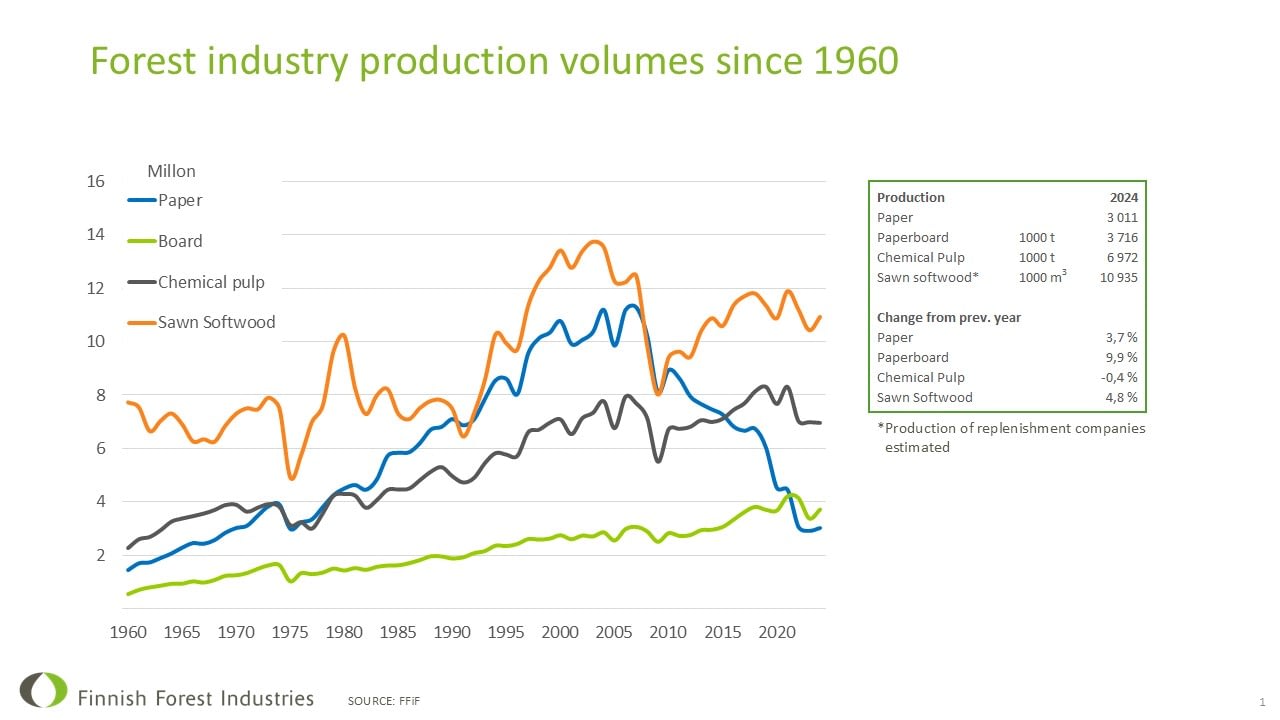The biodiversity roadmap of the wood processing industry helps to better understand the impacts of forest management and the actions for biodiversity on the forest environment. The roadmap shows that we are on the right track. By many indicators, forest biodiversity has seen positive development in recent decades. Future scenarios show that the measures already in place and the measures to be further intensified will reinforce this trend. Extensive implementation and better targeting of actions will improve the results.
The wood processing industry wants to increase the biodiversity of Finnish forests. Our native tree species will continue to serve as the foundation of forest biodiversity. Achieving nature positivity is possible when the entire forest sector shares a common goal and undertakes to carry out the necessary actions. In this way, we can also contribute to the achievement of international and national biodiversity goals. At the same time, it is important to be able to verify and compare the impact of different sectors and activities internationally.
Understanding the state of forest nature requires comprehensive analysis. The use of peatland forests and the impact of forest management on water bodies and soil are the next topics that call for attention. Adapting to climate change is one of the greatest challenges. Solutions to these questions must be sought together with researchers, decision makers and the entire forest sector.
The wood processing industry produces numerous products that are part of people’s everyday lives for the global market. Wooden buildings, wood-based packaging, hygiene products, pharmaceuticals, fuels, textiles, energy and various chemical compounds derived from wood all serve a purpose as building blocks of a fossil-free society. It is important that securing the availability of the raw material to be processed goes hand in hand with safeguarding biodiversity.
Forests are an important source of income for forest owners, forest workers, the transport sector, those working in mills and the state in the form of tax revenue. The means of safeguarding biodiversity must, therefore, be fair not only to nature but also to those who utilise it in different ways. Financially sound and practical, understandable means are attractive and easily justifiable. In the future, it will be essential to examine and develop the link between strengthening the biodiversity and the economy.
When setting targets for promoting the state of nature, it is important to identify the time window of the activities. Even in the short term, many changes can be made to the state of forest nature, but most of the changes will be realised even after decades. The retention tree spared today may not turn into decay ing wood until 50 years from now. Measured data is necessary to understand the effects of operations and changes in the nature. This understanding, foresight of development and measures derived from research will guide the wood processing industry towards a nature-positive future.








